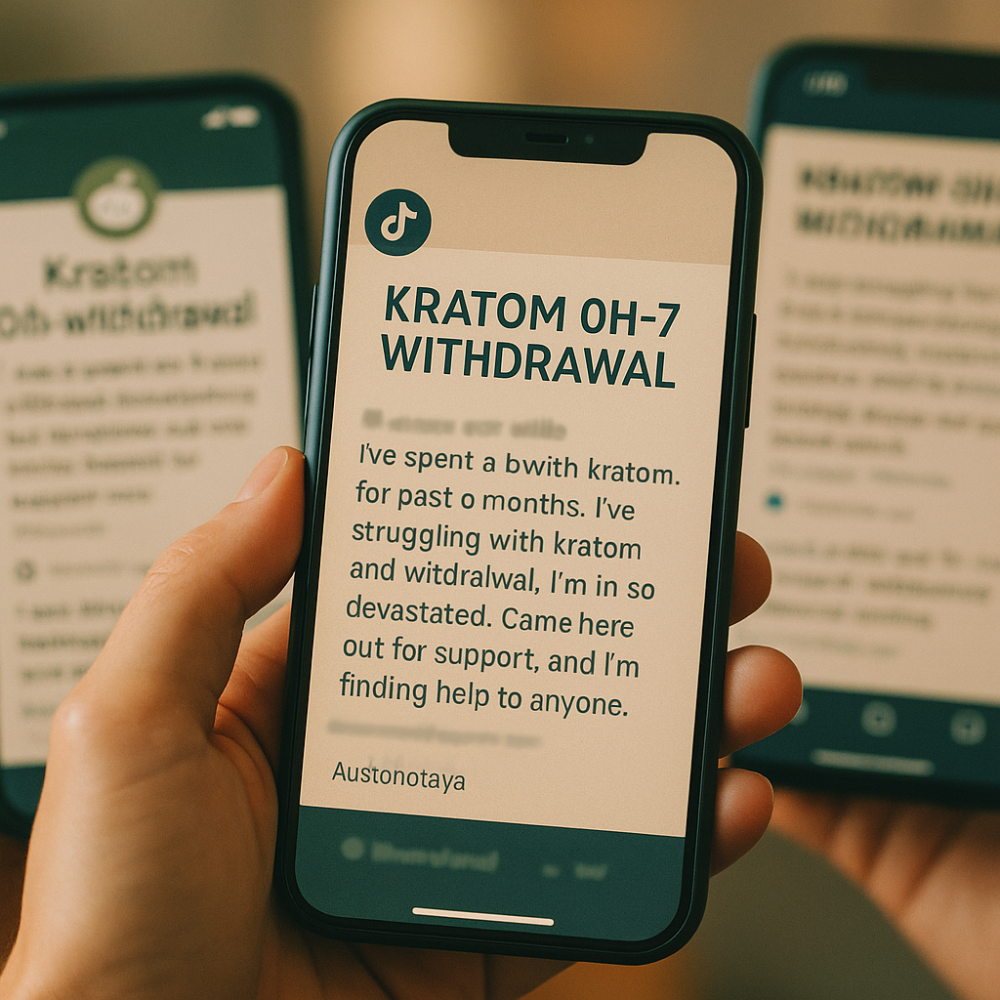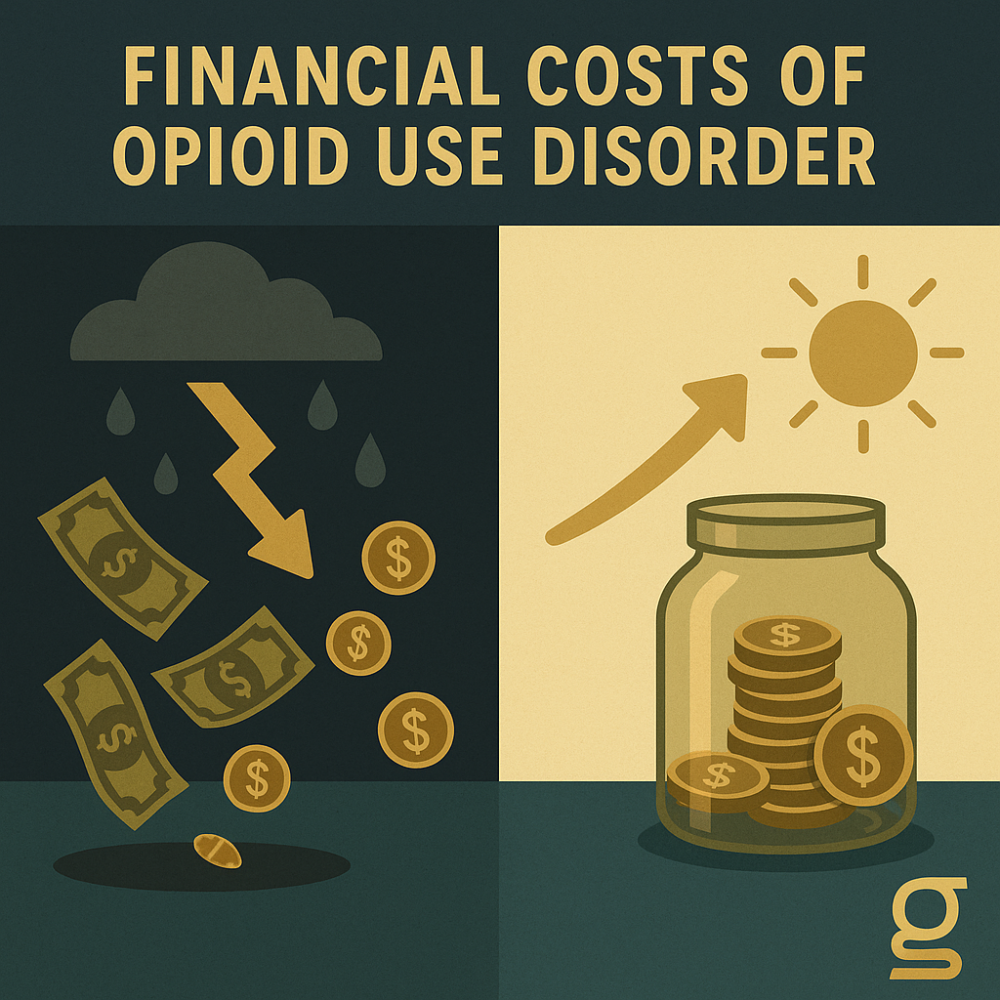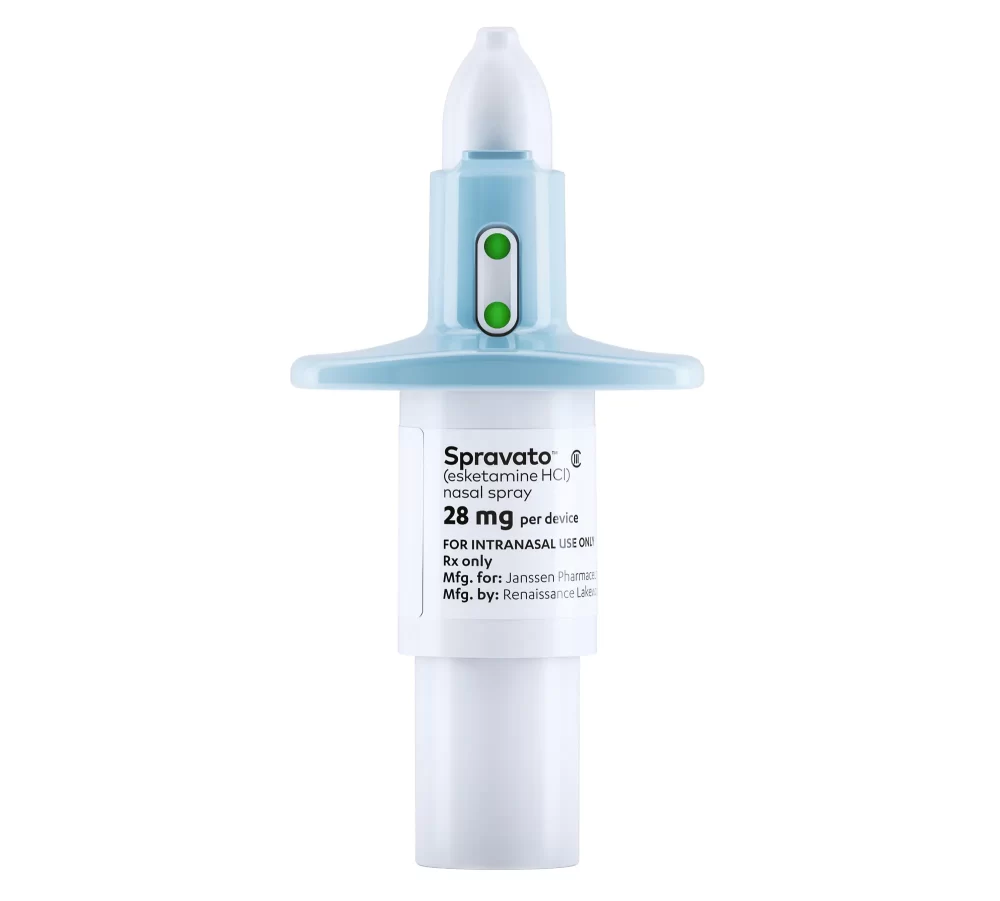In the ongoing battle against the opioid epidemic, a recent study published in JAMA Network Open brings a glimmer of hope. The research, conducted by Ohio State University, reveals a significant increase in bystander administration of naloxone, a life-saving medication that can reverse opioid overdoses.
Key Findings
1. Increased Bystander Intervention: Nearly 25,000 overdose patients received naloxone from untrained bystanders before paramedics arrived between June 2020 and June 2022.
2. Substantial Growth: Researcher Chris Gage reports a 43.5% increase in people receiving naloxone from laypersons, indicating that public health efforts are making an impact.
3. Room for Improvement: Despite the positive trend, only about 3% of all overdose patients who received naloxone got it from non-medical bystanders, suggesting there’s still significant room for improvement.
The Importance of Naloxone
Dr. Ashish Panchal, a clinical professor of emergency medicine at Ohio State University, emphasizes the critical role of naloxone:
> “Naloxone is a lifesaving medication that can reverse opioid overdose effects when given immediately. Similar to CPR, stepping up to help before emergency crews arrive can be the difference between life and death.”
Efforts to Improve Access
Several initiatives have been implemented to increase naloxone availability and awareness:
1. FDA Approval: In 2023, the U.S. Food and Drug Administration approved over-the-counter sales of naloxone.
2. Prescription Practices: Naloxone is frequently prescribed alongside narcotics for medical purposes like pain relief.
3. Legal Protection: 46 states and the District of Columbia have passed Good Samaritan laws, providing legal immunity for those who assist during an opioid overdose.
Looking Ahead
While the increase in bystander naloxone use is encouraging, researchers stress the need for further improvements. Future research will focus on:
1. Identifying groups that make naloxone available to bystanders
2. Ensuring the drug is readily available for patients in need
3. Investigating and removing obstacles to naloxone use
The Bigger Picture
This study’s findings come at a crucial time. Recent data from the Centers for Disease Control and Prevention show a 10% drop in U.S. overdose deaths, suggesting that combined efforts in prevention, treatment, and harm reduction may be starting to yield results.
However, as Chris Gage points out, the ideal scenario would see close to 100% of overdose patients receiving naloxone from bystanders before emergency services arrive. This underscores the ongoing need for improved naloxone education, enhanced access, and continued efforts to combat the opioid crisis.
As we move forward, it’s clear that empowering and educating the public to act in overdose situations can play a crucial role in saving lives. Every dose of naloxone administered by a bystander represents a potential life saved and a step towards turning the tide in the opioid epidemic.
For more information about naloxone and its use, visit the National Institute on Drug Abuse website.
Information for this post from the article “More bystanders using naloxone to save people from overdose” at UPI



